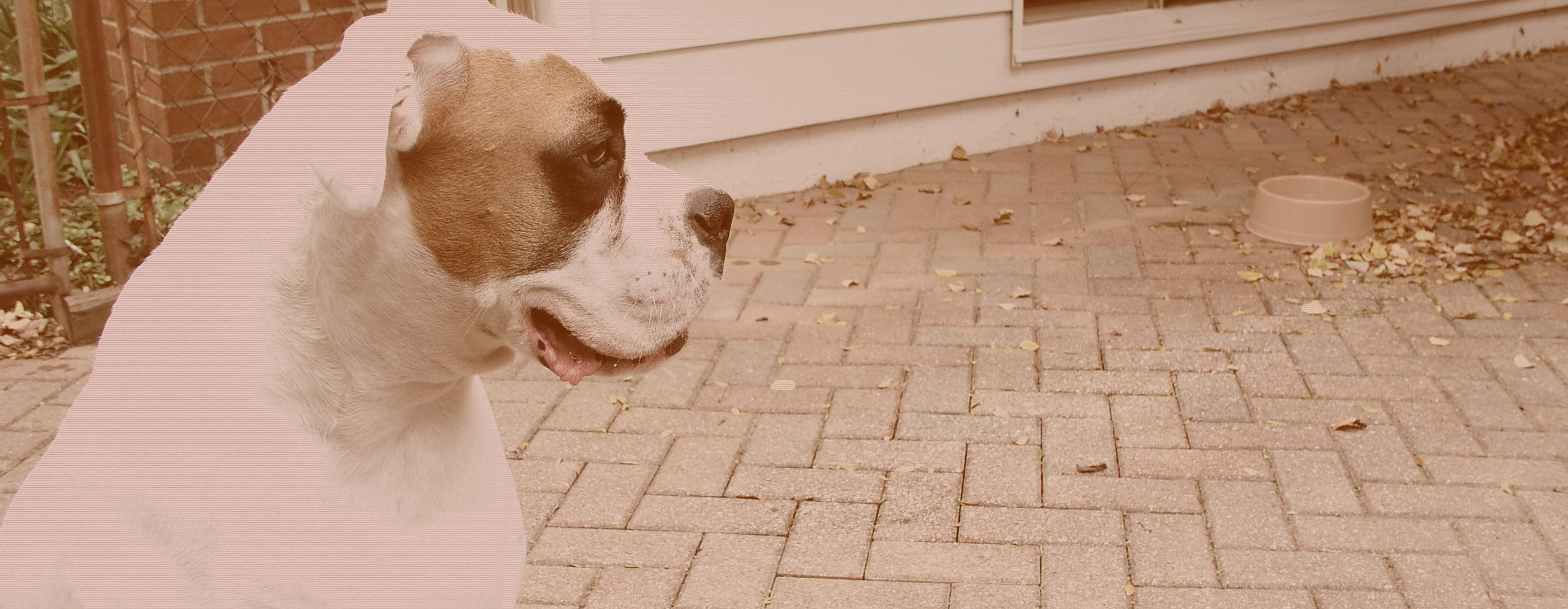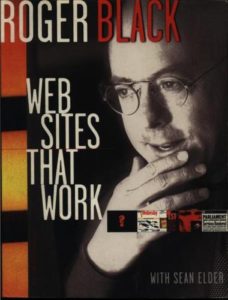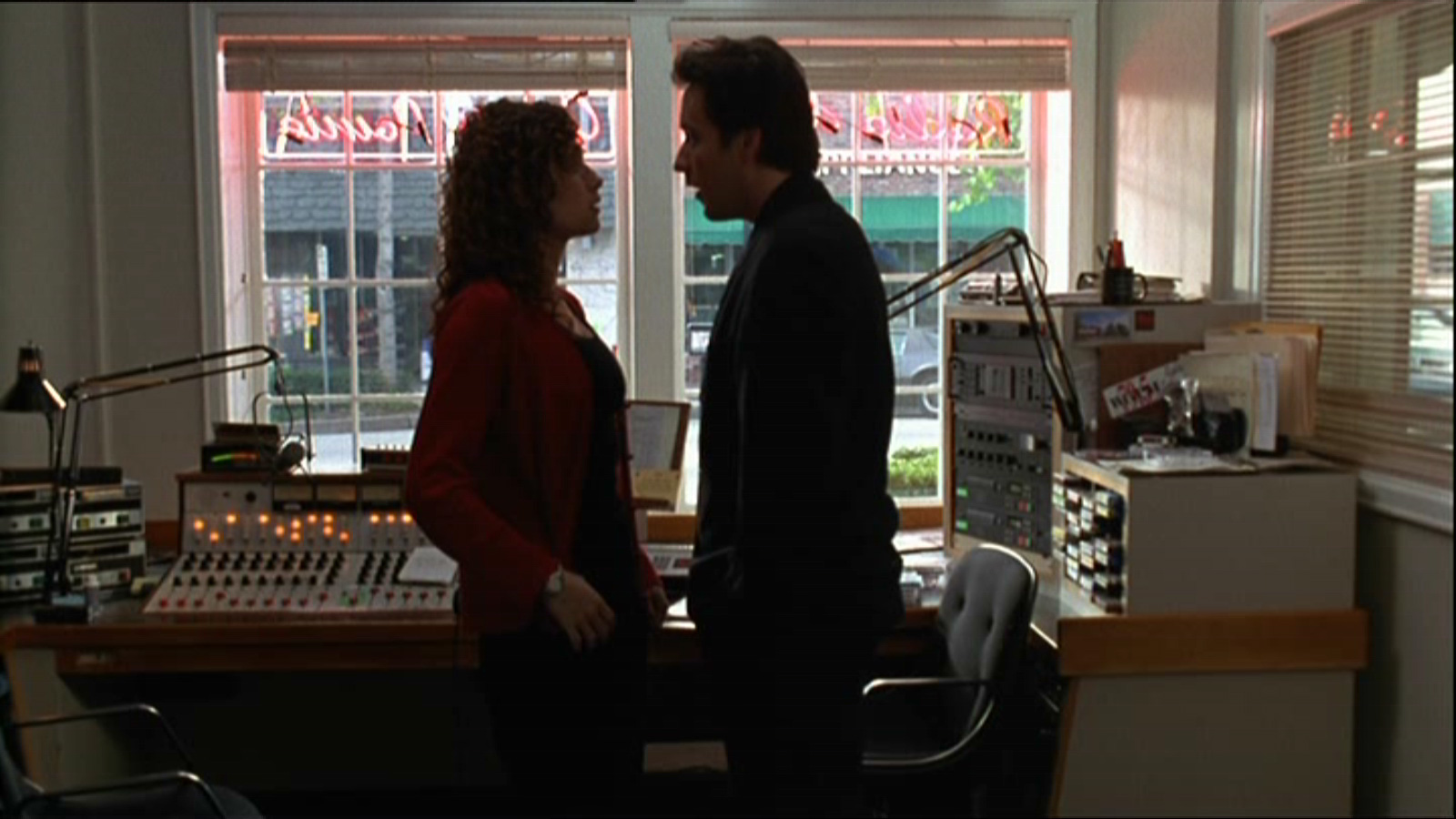Life, and especially the day job have been extremely busy lately, hence the non-posts for several months. But an interesting thing has happened with some new clients we’ve taken on lately that all center on the quality of service, which is one of the things we excel at at TCS.
Client one responded to a direct mail piece and signed on with us primarily because they couldn’t manage content on their current site themselves, had to pay the provider to do the most minor changes, and didn’t get prompt response.
Client two also responded to the same direct mail piece as client one. They were using a complex, outdated CMS and still couldn’t manage their content the way they wanted to. Their domain name was registered under their current provider, but luckily were able to get that changed to their name. They then suddenly received a bill from their current provider totaling several thousand dollars, saying that they inadvertently undercharged the client the last few years and were looking to now collect the difference. Then a week later, fortunately the day before we were scheduling to launch the new site, the provider turned off their site unannounced.
Client three’s site was hacked and hijacked by a porn site. Their provider was recently bought out by another company, and all but one person from the old staff was fired. They could not get the new company to respond to any customer service at all.
Finally, client four was using a Joomla site, got hacked and had all of their databases completely wiped out. The provider didn’t have a backup anywhere, and basically told the client that its their problem. That was two months ago.
What do all four of these clients have in common? The problem that a lot of organizations and small businesses have — poor customer service from their provider. This is a strong suit of TCS. Not only do we have a great product and produce excellent, creative work, but our customer service is some of the best out there. It also shows that the cheapest price does not necessarily mean the best value.
I’ve also seen this with some of my freelance clients. I’ve worked on several projects where the initial provider/designer/developer dropped the ball, vanished from the face of the earth, or did a piss-poor job. All because the client was looking for the cheapest price instead of the best value. In the end it cost them more.
How can you avoid this painful experience? Here’s a few tips.
- Own your domain. This is one of the biggest headaches clients run into when switching providers. Provider A promises to take care of all the logistics, but registers the domain in their own name. Then, when the client wants to go to Provider B, they run into a legal mess trying to procure their domain, or pay through the nose. If you have your provider purchase your domain, get it in writing that its registered in your, or your company’s name, instead of the providers.
- Check references and seek referrals. There’s no better salesman than a satisfied customer. Check with other organizations and businesses who they use, and what they like and don’t like about their provider. If you scout out a potential provider from their site, look for a portfolio or a list of clients. Then contact a handful of those clients. Find out if they still use them, how long they’ve been a client, and what they like and don’t like about them. If you can’t find any recent and/or active clients, there’s a warning sign for you to avoid them.
- Compare prices. We compare prices when shopping for cars, computers, and even groceries. Do the same with a web provider/designer. Get a list of services and what you get for your money. Find out what’s one-time fees and what, if anything, is recurring.
Hopefully those tips will save you a lot of headache, time and money.








